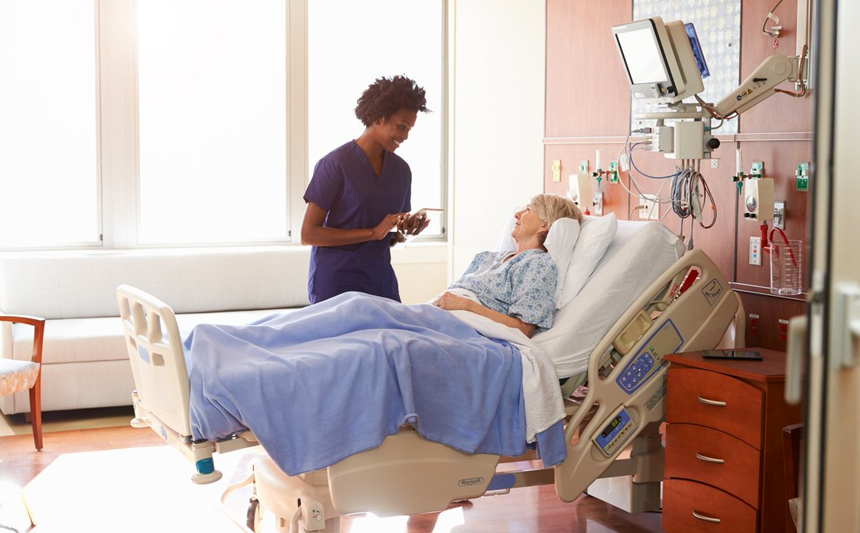ECMO acts as your heart and lungs to let those organs recover

If you or a loved one undergoes a catastrophic event that leaves the heart or lungs compromised, a mechanical method called ECMO, or extracorporeal membrane oxygenation, can help offset some of the body’s burden.
Here’s what you need to know about ECMO, when it’s used and how it can help pave a path to recovery:
What is ECMO?
It’s a machine that combines the function of the lung and heart.
ECMO will pump blood outside of the body into a machine where the carbon dioxide is replaced with oxygen. Then, the blood is warmed and pumped back into the body.
Although the ECMO machine by itself does not fix the underlying heart or lung issues, it provides short-term management for a catastrophic event.
When is it used?
Patients qualify for ECMO if their cardiovascular health is compromised or if traditional mechanical ventilation isn’t enough.
The decision has to be made quickly. ECMO is referred to as “rescue therapy.”
ECMO is used in various situations:
- A patient is in cardiac arrest or cardiogenic shock.
- A patient with a terminal cardiac problem is on the heart tranplant list and suddenly crashes.
- A patient with a terminal pulmonary condition is on the lung transplant list and suddenly crashes.
What’s the procedure like?
Patients are put under sedation while their doctor inserts catheters into either an artery or veins. They are also given blood thinners to reduce the risk of clots.
Another surgical procedure is needed to remove the catheters when ECMO is no longer needed.
A team of specialists is enlisted to help with putting a patient on ECMO, monitoring the patient and then eventually taking the patient off of ECMO.
Who can be put on ECMO?
Both children and adults can be put on ECMO. Even newborns with conditions such as lung failure, pneumonia or meconium aspiration use ECMO.





